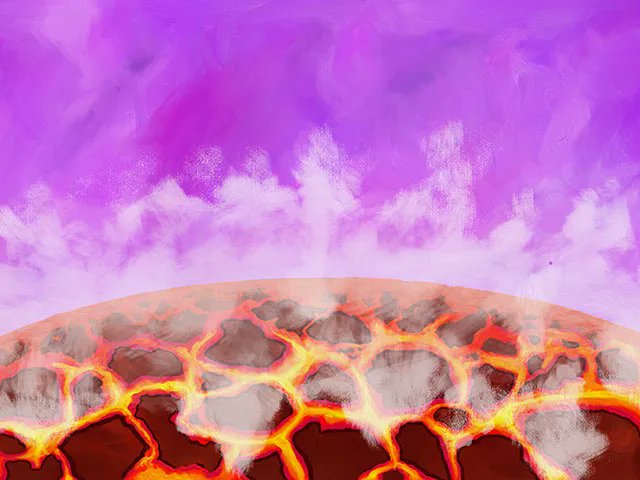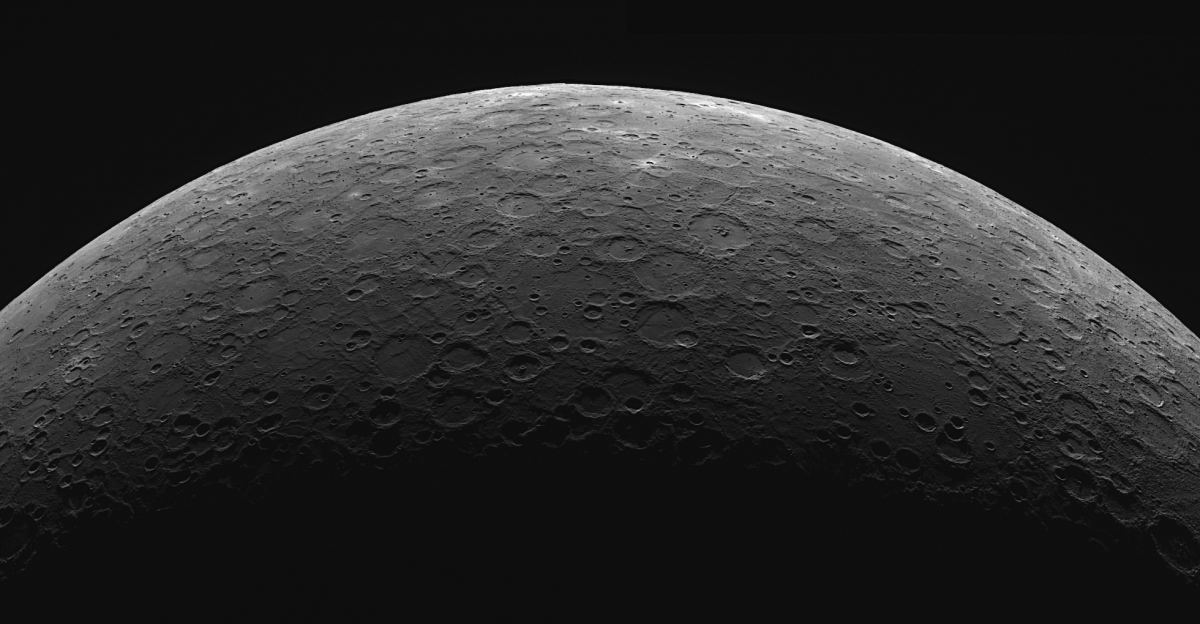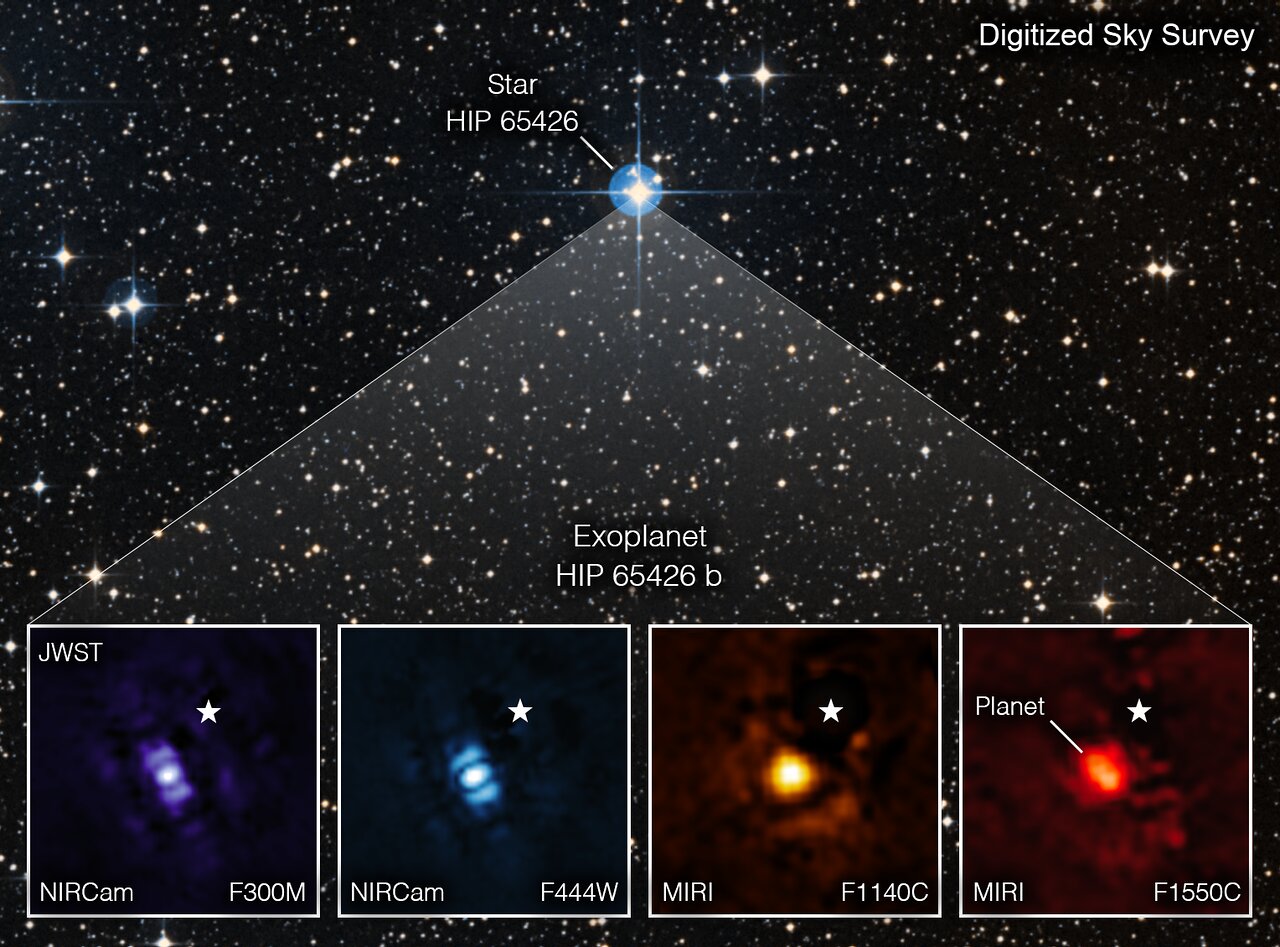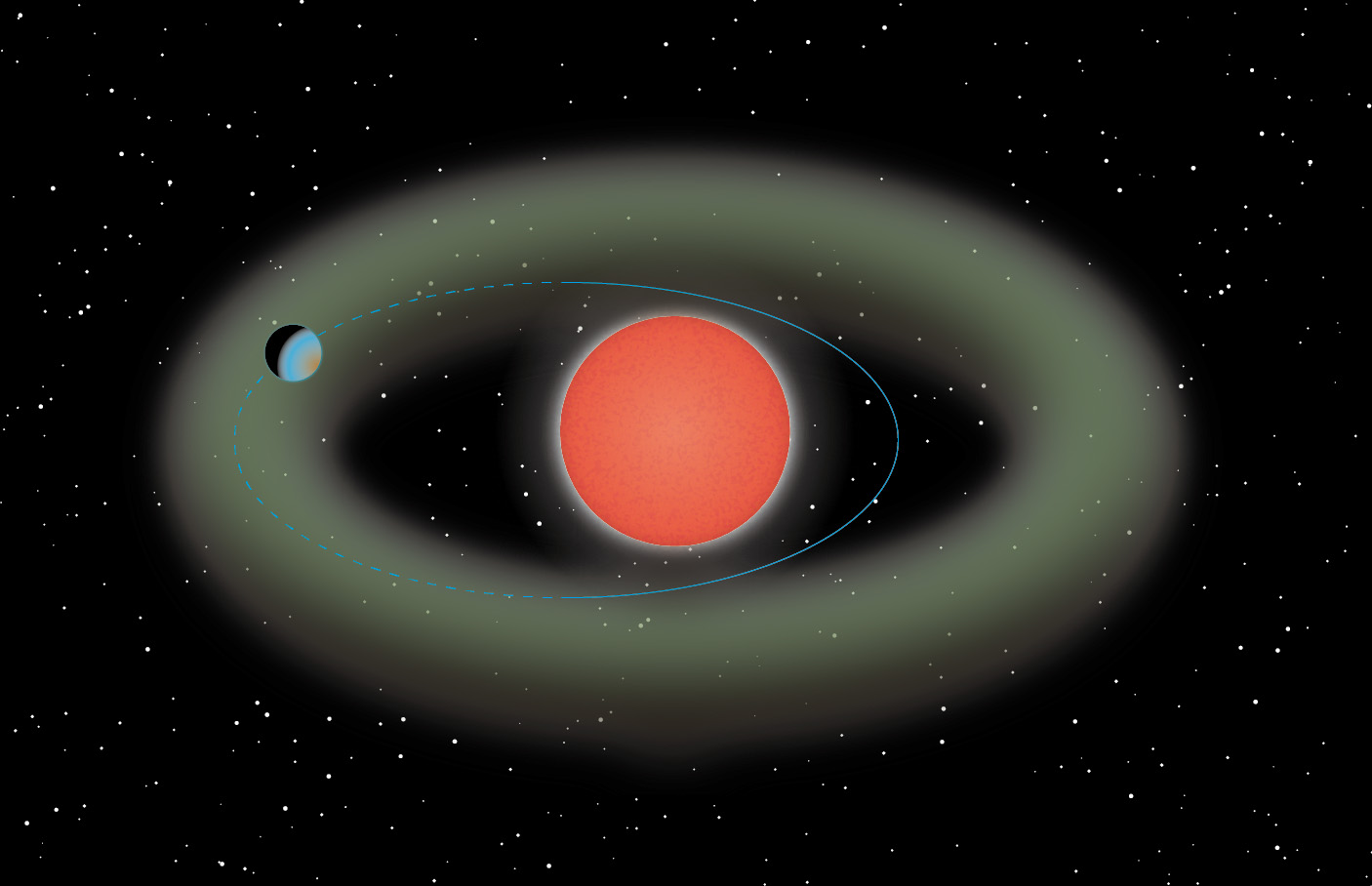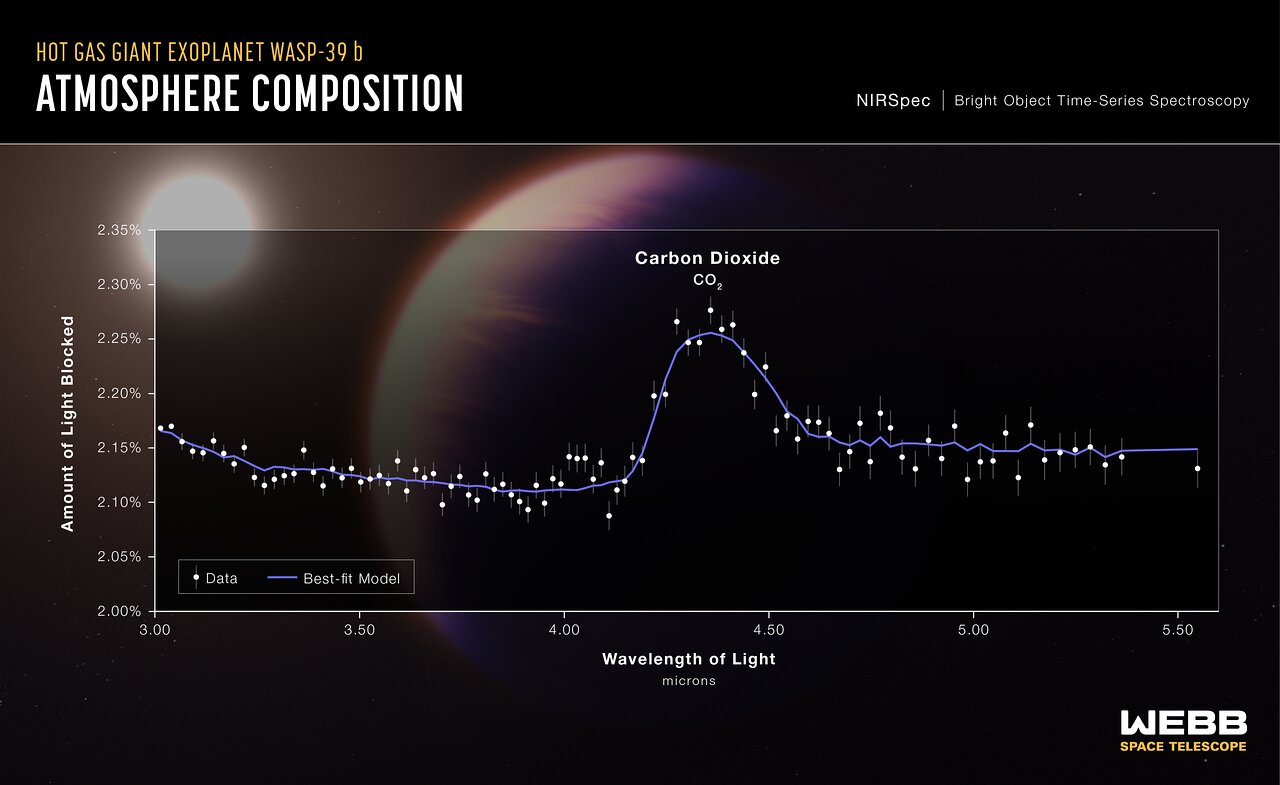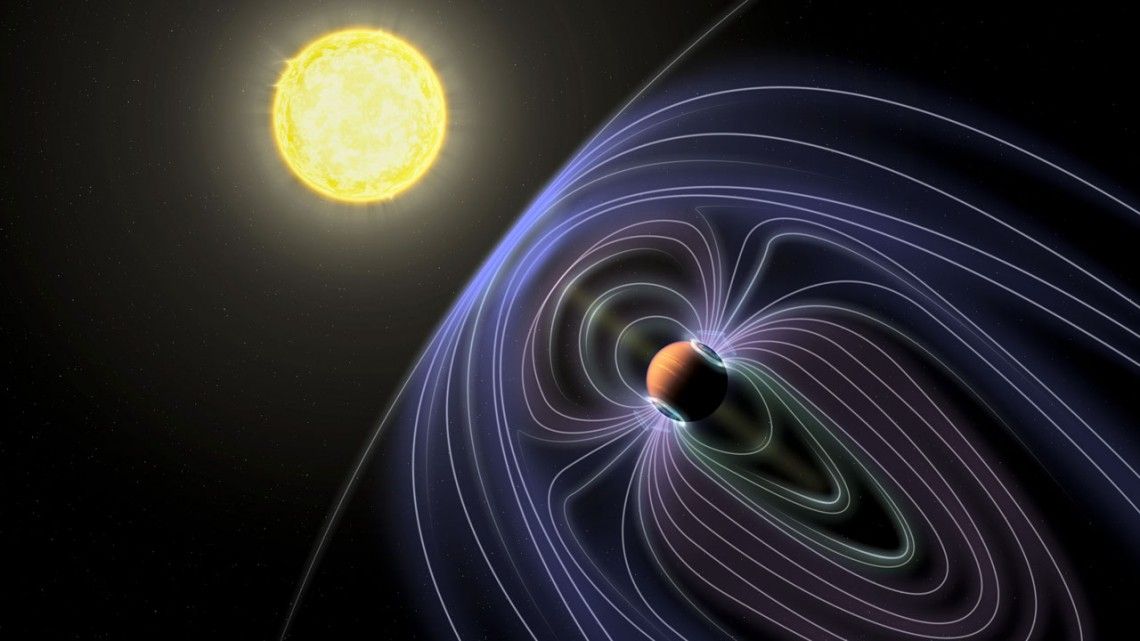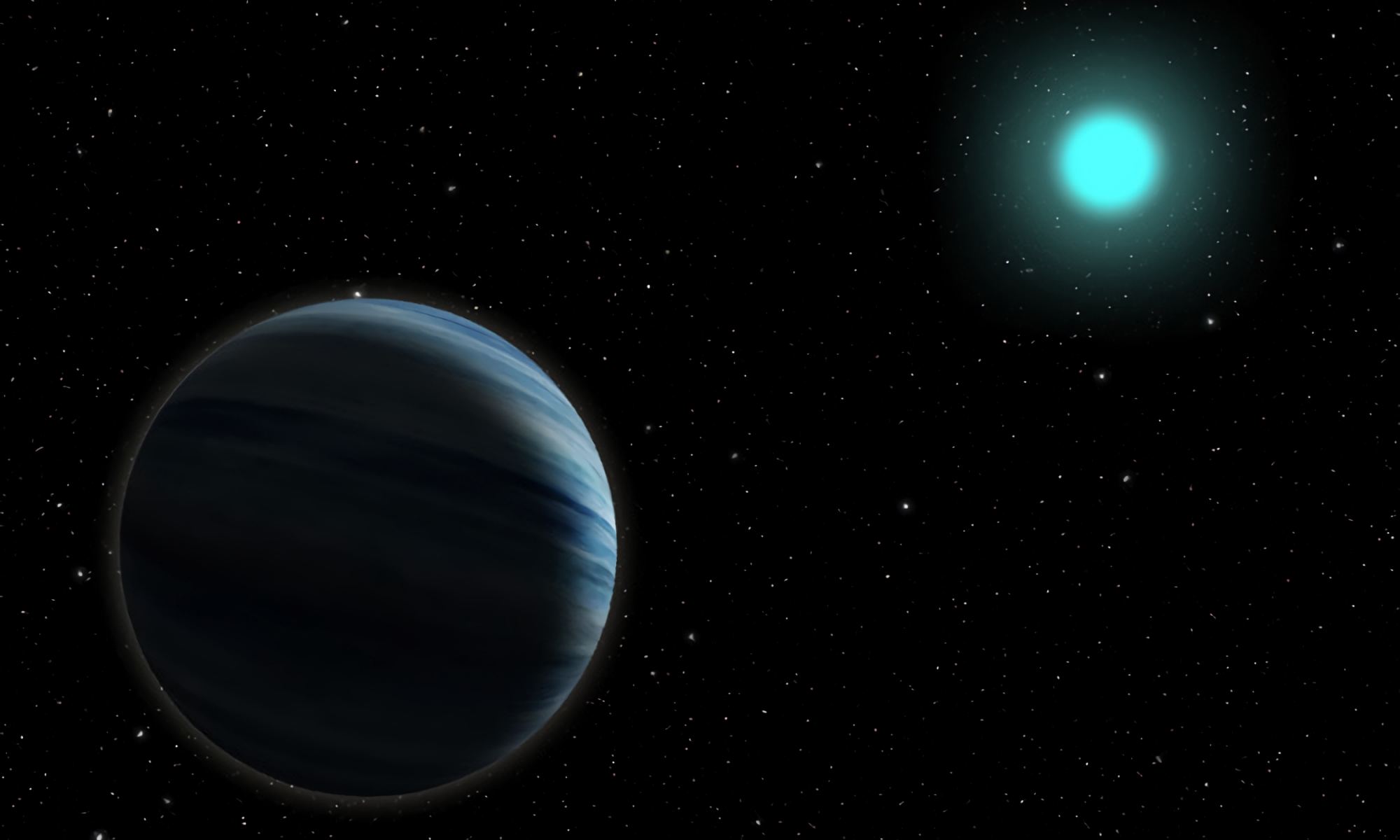One of the central predictions of general relativity is that a massive object such as a star, galaxy, or black hole can deflect light passing nearby. This means that light from distant objects can be gravitationally lensed by objects closer to us. Under the right conditions, gravitational lensing can act as a kind of natural telescope, brightening and magnifying the light of distant objects. Astronomers have used this trick to observe some of the most distant galaxies in the universe. But astronomers have also thought about using this effect a little closer to home.
Continue reading “A Solar Gravitational Lens Will be Humanity's Most Powerful Telescope. What are its Best Targets?”A Solar Gravitational Lens Will be Humanity's Most Powerful Telescope. What are its Best Targets?


